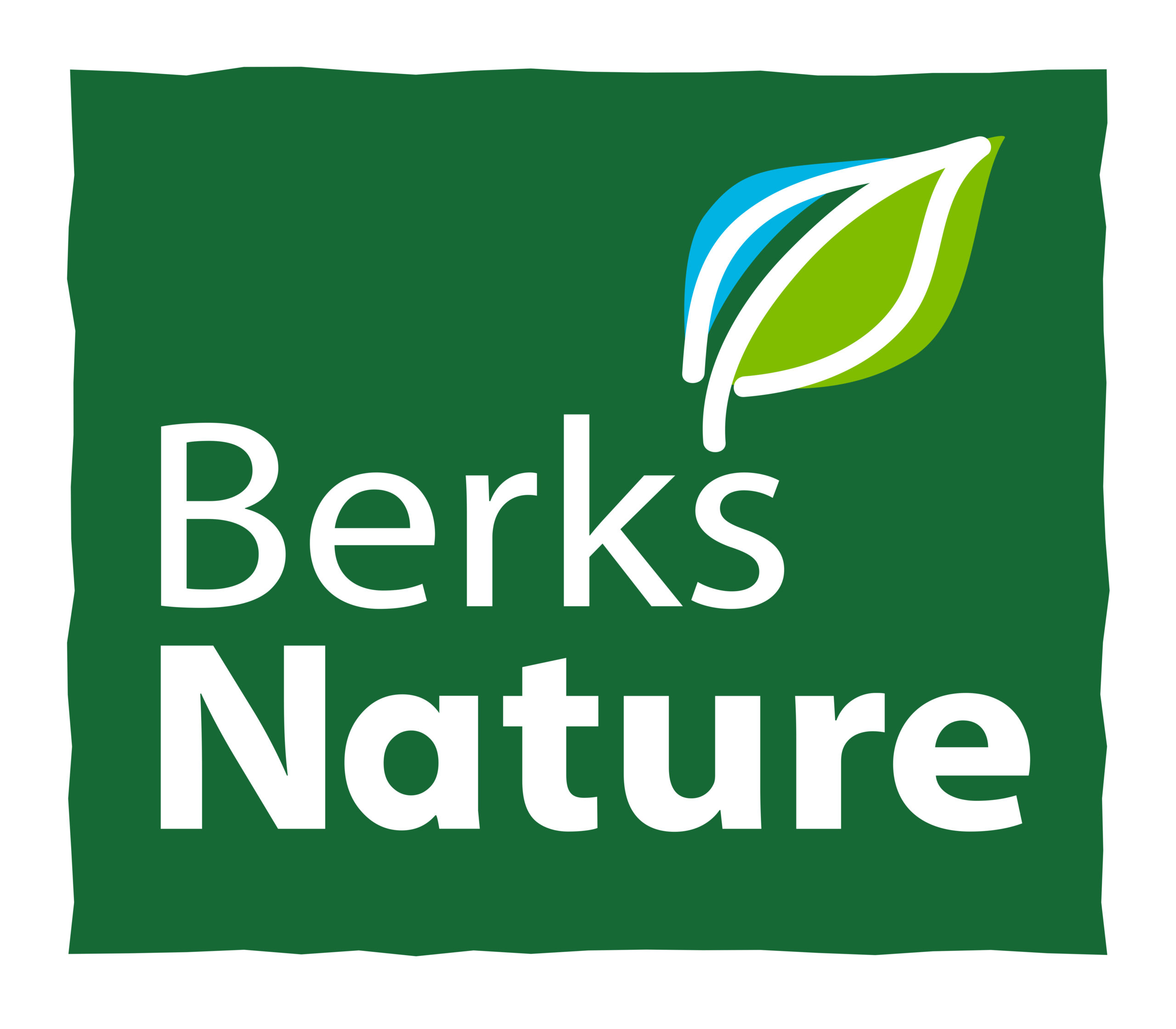Heritage Conservancy’s Watershed Connections Program Educates Students on Stream Health and Watershed Ecology – Technologist
Article and photographs shared courtesy of the author.
by: Andrea Szyper, Communications Manager, Heritage Conservancy
What is a watershed, and how do our choices impact others? How can we make these big questions understandable for the next generation and inspire them to protect our waterways?
The Watershed Connections Program, a Heritage Conservancy educational initiative run in cooperation with the Fairmount Water Works Interpretive Center, helps answer those questions for students in grades 3 – 5, teaching environmental science and what Shannon Fredebaugh-Siller, Heritage Conservancy’s Community Engagement Programs Manager, calls “watershed empathy.”
This hands-on educational program links students in Quakertown, Pipersville, Croydon, and Philadelphia to test the water in local streams and compare results and findings from up and down the watershed.
In the 2023-2024 school year, the program served about 210 students, with 8 classes paired across schools. It links 5th grade students from John Hancock Demonstration School in Philadelphia, 4th graders from Keystone Elementary School, 3rd graders from Tinicum Elementary School, and 4th and 5th graders from the United Friends School in Quakertown.
The program was piloted in the 2021-22 school year as a virtual initiative that connected two classes from different parts of Bucks County. Heritage Conservancy gave cooperating teachers testing kits and instruction on how to collect water samples from local streams and test the water quality.
The classrooms collected data, noted any environmental issues they observed, and shared their findings with their partners at the other school in the first “summit” – a Zoom call where students talked not only about the threats they found to their watershed but solutions.
For the 2022-23 school year, the program expanded to four classes across three schools and was held in person. Heritage Conservancy partnered with the Fairmount Water Works to include students in Philadelphia.

Kaylyn Brindisi, Community Programs Associate at Heritage Conservancy, presents at each of the Bucks County schools at the program outset, explaining the significance of the watershed and interdependencies within it. Students are then set up with tools to collect and analyze data. They collate what they learn into posters and presentations to share with partner schools at in-person summit field trips.
The program connects individual students across schools with pen pals, so they also exchange info one-on-one and share scientific observations and personal experience. “This is so important because it helps the kids to care more,” says Kaylyn. “It makes the science personal and understandable on a human scale and builds concern across communities.”
The program culminates in a summit where students meet their pen pals in person. At these gatherings, students share posters that illustrate their water testing results, living and nonliving parts of their local community/watershed, the issues they’ve found from their field work, and talking points for small-group discussions.
Educators facilitate conversations about the nitrogen, oxygen, and pH level results from their local streams, and how these and other factors affect the health of waterways. Students discuss their concerns, identify problems that threaten the watershed, and brainstorm solutions.
Ellen Freedman Schultz, Director of Strategic Partnerships for the Fairmount Water Works, says, “Prompting rich conversation between students who have never met before about important environmental concerns and solutions broadens their own perspectives on action and change, and science and promotes a sense of well-being.”
At a recent summit, students identified watershed threats that included runoff and pollution from storms, litter that washes into waterways, unhealthy pH and oxygen levels that threaten fish and other organisms, and erosion in local streams.
Students also shared possible solutions: planting more native plants to trap silt and contaminants, adding trash cans in public access points near the water, encouraging the use of reusable water bottles to keep plastic out of streams and rivers, and raising awareness with signs and other educational initiatives to help reduce fertilizer use.
“Kids really enjoy getting out of the classroom and interacting with nature,” says Kaylyn. “This type of hands-on learning makes the issues real and understandable in a way that you can’t get from books. We are teaching them science, but they are also learning to care about the natural world and see local connections — and solutions — to bigger problems.”
The connections go beyond the watershed. “The kids have been so excited to learn about each other,” says Shannon. “By sharing their similarities and differences and understanding that we are all united by the water and the land, this program has helped to build the students’ watershed empathy.”
These programs were made possible with support by the Alliance for Watershed Education, William Penn Foundation, and contributions from the Educational Improvement Tax Credit program.


